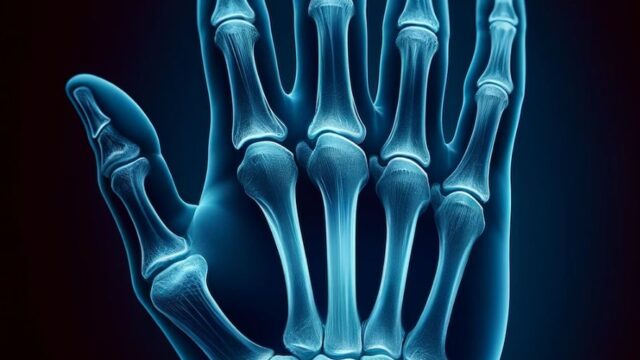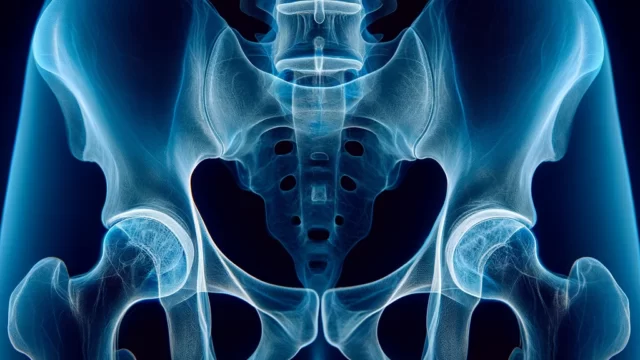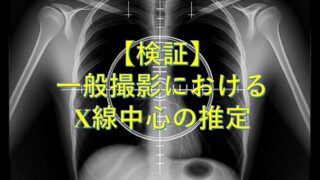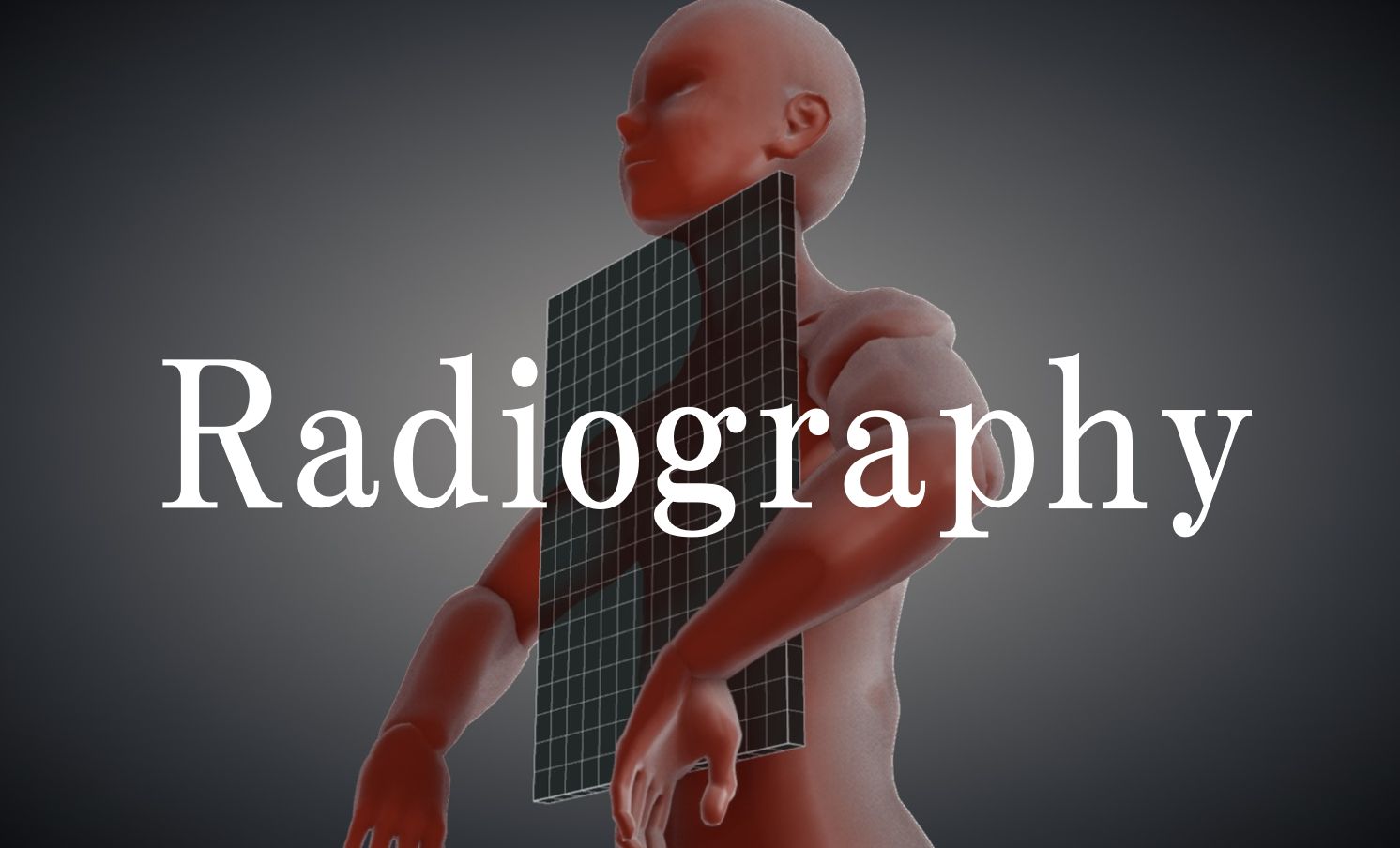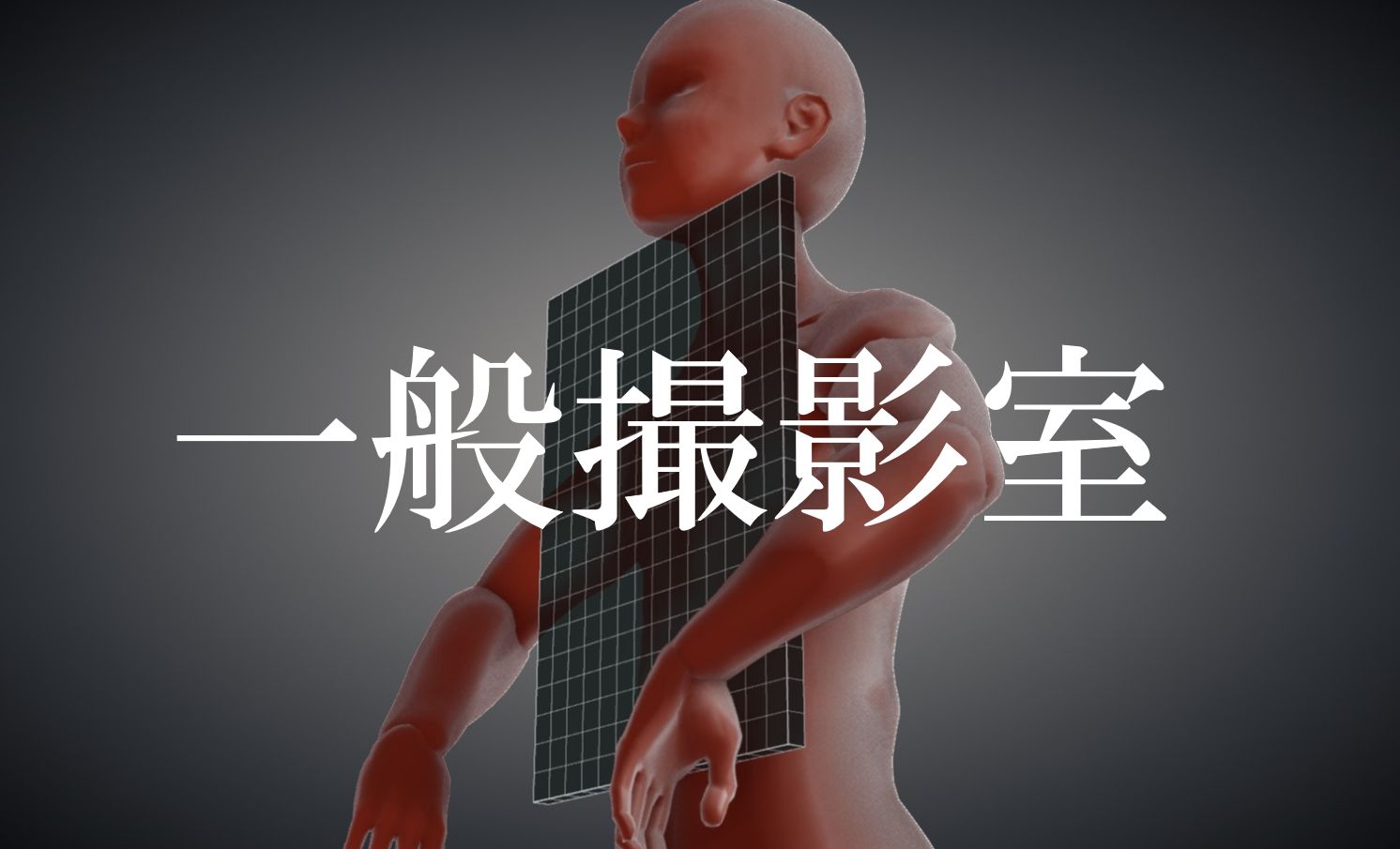Japanese ver.
Radiopaedia (AP)
Radiopaedia (Oblique)
Radiopaedia (Lateral)
Purpose
Observe the toes from the front.
Check for fractures, dislocations, osteoporosis, and arthritis.
Prior confirmation
Confirm the purpose of the examination and identify the affected area.
Determine whether to capture only the affected toes or include all toes.
If a fracture is suspected, avoid moving the affected area.
Remove any obstructing objects.
Positioning
Sitting or supine position.
Bend the knees.
Align the foot baseline parallel to the cassette’s long axis.
Place the RL marker.
AP view :
1. Place the sole of the foot on the cassette.
2. From the position with the sole of the foot on the cassette, raise the toes so that they are parallel to the cassette.
Oblique view :
1. From the position with the sole of the foot on the cassette, internally rotate the knee, ensuring there is no twisting, to achieve a 30-45° oblique position.
2. Depending on the desired toe, change the direction of inclination. For the first and second toes, point the knee inward, for the fourth and fifth toes, point the knee outward. For the third toe, either direction is acceptable.
Lateral view :
Place a radiolucent aid made of low X-ray absorbent material between the toes, ensuring that the target toe does not overlap with the other toes.
Depending on the target toe, change the orientation either inward-outward or outward-inward. For the first and second toes, position them inward, for the fourth and fifth toes, position them outward. For the third toe, either orientation is acceptable.
CR, distance, field size
CR :
AP view :
1. Perpendicular incidence directed towards the distal end of the third metatarsal bone.
2. Centered on the distal end of the third metatarsal bone, with a 10-15° cranial angle incidence in the proximal direction.
Oblique view :
Perpendicular incidence directed towards the distal end of the third metatarsal bone.
Lateral view :
Perpendicular incidence directed towards the affected area.
Distance : 100cm
Field size :
AP view view :
Oblique view :
Include all the metatarsal bones from the first to the fifth toes, along with the distal phalanges.
Lateral view :
Include all the metatarsal bones and the distal phalanges.
Exposure condition
45kV / 3mAs
Grid ( – )
Image, check-point
Normal (AP)
Normal (Oblique)
Normal (Lateral)
AP view :
Ensure minimal overlap of the metatarsal bones.
Check for symmetrical projection of joint surfaces.
When lifting the toes or using oblique X-ray entry, make sure that the DIP (distal interphalangeal), PIP (proximal interphalangeal), and MTP (metatarsophalangeal) joints are visible in the radiographic images.
Oblique view :
Ensure there is no overlap of the metatarsal bones in the 3rd to 5th toes.
Lateral view :
Ensure there is no overlap of the intended toe with other toes.
Make sure the nails are visible from the sides.
Observe the DIP (distal interphalangeal) and PIP (proximal interphalangeal) joints.
The cortex and bone trabeculae should be clearly visible.
Ensure the presence of the RL (right and left) marker.
There should be no motion-related blur.
Videos
Related materials













